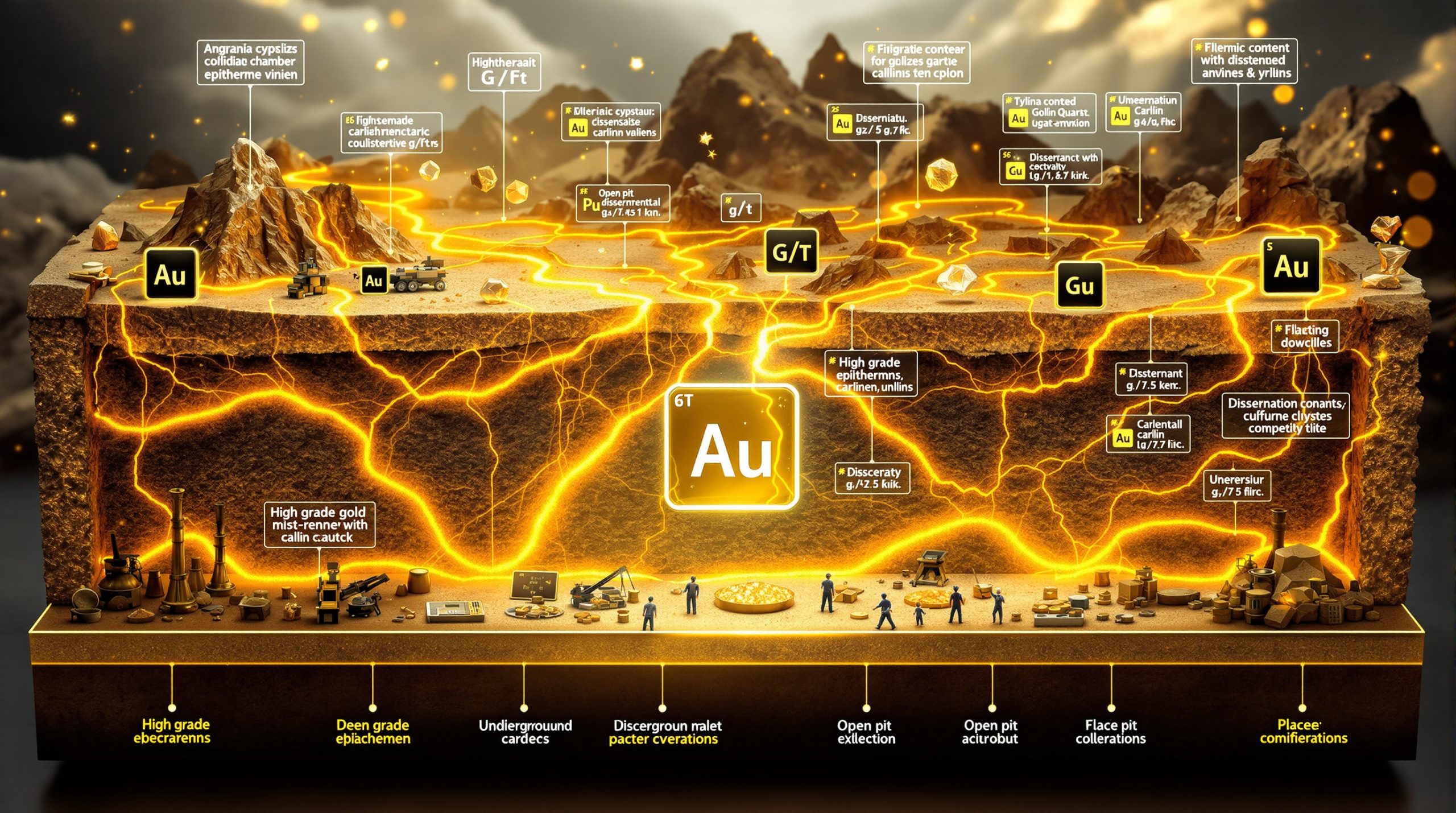Current Nickel Sulphate Market in China: Price Stability Amid Pressure
In China's battery materials sector, nickel sulphate prices are demonstrating remarkable resilience despite challenging market fundamentals. The battery-grade nickel sulphate market has maintained steady price levels even as raw material costs decline and demand remains tepid, creating an unusual market dynamic worth examining. This stability comes even as the battery recycling breakthrough in China begins to influence the broader raw materials ecosystem.
What Are the Current Nickel Salt Prices in China?
The SMM battery-grade nickel sulphate index price reached 27,229 yuan/mt as of July 14, 2025, showing minimal movement from previous trading sessions. Current market quotations range between 27,200-27,640 yuan/mt, reflecting tight spreads and consistent valuations across the sector.
Most notably, the price remained effectively unchanged from July 11, 2025, when the index registered at 27,227 yuan/mt – a mere 2 yuan difference over the three-day period. This stability comes despite broader market conditions that would typically drive prices lower.
Price Trend Analysis
The current price stability represents a continuation of the pattern observed throughout early July, where nickel sulphate prices have maintained consistent levels despite growing downward pressure. Market participants report that transaction prices have remained largely within the established range, with minimal deviation.
"The remarkable consistency in nickel salt prices in China reflects a complex interplay between producer discipline and market fundamentals," notes SMM's latest market analysis. "While external factors would typically drive prices lower, strategic positioning by key market participants has created temporary equilibrium."
Why Are Nickel Salt Prices Remaining Stable?
The current price stability can be attributed to a delicate balance between supply-side discipline and demand-side weakness. This unusual market dynamic has created a temporary equilibrium that market participants are carefully maintaining.
Supply-Side Factors Supporting Prices
Several key factors on the supply side are preventing prices from falling:
-
Producer pricing discipline: According to SMM's market analysis, "Some producers recently showed reluctance to budge on prices," indicating strategic pricing behavior to maintain market stability.
-
Inventory management strategies: Overall inventory levels at nickel salt facilities remain low, reducing pressure to liquidate stocks at discounted prices.
-
Production scheduling tactics: Producers have implemented controlled production rates to avoid oversupply conditions that would destabilize pricing.
-
Margin preservation efforts: Despite slight weakening in immediate production costs, producers are prioritizing price stability to maintain operating margins.
Demand-Side Influences on Market Dynamics
Counterbalancing the supply-side discipline are several demand-side factors:
-
Selective restocking activity: Some battery material producers have engaged in limited restocking, providing minimal support to current price levels.
-
Low purchasing enthusiasm: Overall market sentiment remains cautious, with buyers showing limited interest in substantial procurement.
-
Procurement cycle timing: The current period precedes typical procurement cycles, reducing immediate buying pressure.
-
Transaction volume indicators: The combination of producer price discipline and weak demand has resulted in fewer completed transactions, limiting price discovery.
"The balance between producer discipline and weak demand has created an unusual market stalemate, with prices holding steady despite fundamentals that would typically drive declines," notes SMM's latest market assessment.
What's Happening in the Broader Nickel Market?
The stability in nickel sulphate prices exists within the context of a broader nickel market facing significant pressures. Understanding these connections provides crucial context for nickel sulphate's current price dynamics.
Cost Structure Analysis
The nickel value chain is experiencing significant cost pressures:
-
Raw nickel pricing trends: Broader nickel prices are facing downward pressure, reducing input costs for sulphate production. As SMM reports, "Cost side, nickel prices are under pressure, leading to a slight weakening in the immediate costs of nickel salts."
-
Production economics: The weakening of immediate costs for nickel salt production would typically lead to price declines, but producer discipline has temporarily prevented this natural market movement.
-
Margin preservation strategies: Producers are attempting to maintain price levels despite cost reductions, prioritizing margin stability over volume growth.
-
Supply chain interconnections: Pressures across the nickel value chain – from mining to refined products – create complex dynamics that ultimately influence nickel sulphate pricing.
Market Balance Assessment
The current nickel sulphate market exists in a delicate equilibrium:
-
Production capacity management: Controlled output from nickel salt smelters is preventing oversupply conditions.
-
Demand signal weakness: Sluggish requirements from downstream battery manufacturers limit buying pressure.
-
Inventory position optimization: Both producers and manufacturers are maintaining minimal stock levels, reducing market liquidity.
-
Price support mechanisms: Ongoing efforts by smelters to stabilize the market through pricing discipline represent a strategic response to challenging conditions.
The technical relationship between nickel prices and nickel sulphate costs creates a direct transmission mechanism for market pressures. When raw nickel prices decline, immediate production costs for sulphate producers also weaken, creating potential for margin expansion if prices hold – or margin compression if they don't.
What's the Outlook for China's Nickel Sulphate Market?
Looking ahead, the nickel sulphate market faces continued challenges despite current price stability. Market participants should prepare for potential shifts as underlying fundamentals gradually assert themselves. Furthermore, the nickel industry challenges experienced in major producing regions like Indonesia will likely impact the Chinese market in coming months.
Short-Term Price Projections
Several factors will influence near-term price movements:
-
Expected trend direction: As SMM notes, "Despite persistent price support efforts by nickel salt smelters, nickel salt prices are expected to remain low in the short term due to declining production costs and sluggish downstream demand."
-
Key market drivers: The combination of declining production costs and weak downstream demand creates persistent downward pressure that may eventually overcome producer discipline.
-
Resistance factors: Continued price support efforts from nickel salt smelters will attempt to counterbalance these pressures, but their effectiveness may diminish over time.
-
Market indicators to monitor: The cost-to-price ratio is shifting unfavorably, suggesting that current price levels may become increasingly difficult to maintain.
Industry Challenges and Opportunities
The current market conditions present both challenges and potential opportunities:
-
Supply chain resilience testing: Producers are adapting to challenging market conditions through disciplined production and pricing strategies.
-
Demand recovery potential: When procurement cycles resume, there may be an uptick in buying activity that could stabilize or potentially lift prices.
-
Cost management imperative: Operational efficiency has become increasingly important in the current environment, with producers focusing on optimizing production costs.
-
Strategic positioning considerations: Market participants are balancing production volumes against market requirements to avoid destabilizing the delicate equilibrium.
"The coming months will test producer discipline as cost pressures and demand weakness continue to challenge the market's stability," according to SMM's forward-looking analysis. "The timing of procurement cycle resumption will be a critical factor in determining when and how prices might shift."
How Does Nickel Sulphate Fit into China's Battery Supply Chain?
Nickel sulphate's strategic importance in China's battery materials ecosystem provides essential context for understanding current market dynamics. As a critical precursor for high-performance lithium-ion batteries, nickel sulphate bridges the gap between raw material inputs and finished battery products. This relationship is particularly important given the evolving EV impact on mining operations globally.
Battery Industry Connections
Nickel sulphate plays several key roles in the battery materials ecosystem:
-
Application criticality: The material serves as an essential precursor for lithium-ion battery cathodes, particularly in nickel-rich NCM (nickel-cobalt-manganese) and NCA (nickel-cobalt-aluminum) formulations.
-
EV market linkage: Demand patterns are strongly influenced by electric vehicle production volumes and cathode chemistry trends, with high-nickel formulations requiring greater nickel sulphate inputs.
-
Supply chain integration: Nickel sulphate occupies a strategic position within the broader battery materials ecosystem, connecting raw nickel producers with cathode material manufacturers.
-
Quality specification importance: Battery-grade requirements drive market segmentation, with high-purity material commanding premium pricing due to stringent performance requirements.
Value Chain Considerations
The nickel sulphate market is influenced by dynamics across the battery materials value chain:
-
Upstream influences: Raw nickel pricing significantly affects sulphate economics, creating cost pressures or relief depending on market movements.
-
Midstream processing economics: Conversion efficiencies and processing technologies impact cost structures, with production method selection directly affecting margins.
-
Downstream demand patterns: Battery manufacturer purchasing behaviors, influenced by EV production forecasts and inventory strategies, drive procurement volumes.
-
Market cyclicality factors: Seasonal and industry-specific demand fluctuations create predictable patterns that influence buying behavior throughout the year.
Battery-grade nickel sulphate typically requires extremely high purity levels, with impurities below 100 ppm for critical elements like calcium and magnesium that could impair battery performance. This quality requirement creates a technical barrier that segments the market and influences pricing dynamics. Consequently, battery metals investment strategies increasingly focus on companies with advanced purification capabilities.
FAQ: China's Nickel Sulphate Market
What factors are currently influencing nickel salt prices in China?
The primary factors influencing current nickel sulphate prices include:
- Production costs, which have weakened slightly due to raw nickel price pressure
- Manufacturer inventory levels, which remain generally low
- Downstream demand patterns, which show limited purchasing enthusiasm
- Strategic pricing decisions by smelters, who are showing reluctance to reduce prices
- Procurement timing, as the market is currently between typical buying cycles
These factors combine to create the current equilibrium where prices have remained stable despite conditions that would typically drive declines.
How do nickel sulphate prices compare to broader nickel market trends?
While connected to overall nickel pricing, nickel sulphate demonstrates distinctive market patterns:
- Price correlation: Nickel sulphate prices generally follow broader nickel market trends but with a lag and reduced volatility.
- Premium dynamics: Battery-grade material maintains a processing premium over raw nickel values due to conversion costs and purity requirements.
- Demand differentiation: Sulphate demand is specifically linked to battery production rather than stainless steel, creating distinct market dynamics.
- Supply chain characteristics: The specialized production process for battery-grade material creates unique supply-side considerations that influence pricing.
The SMM data indicates that while broader nickel prices are under pressure, sulphate prices have maintained greater stability through producer discipline and specialized market dynamics. This pattern aligns with broader mining industry trends showing increased specialization in battery material processing.
What is the significance of the SMM battery-grade nickel sulphate index?
The SMM index serves multiple important functions in the market:
- Benchmark pricing: It provides a reliable reference point for transaction negotiations between buyers and sellers.
- Market transparency: The index enhances price discovery in an otherwise opaque market with limited public transactions.
- Contract settlement: Many supply agreements use the SMM index as a settlement price for regular deliveries.
- Investment guidance: The index provides crucial data for investors and analysts monitoring the battery materials sector.
The methodology incorporates volume-weighted transaction data from verified market participants, creating a robust indicator that accurately reflects real market conditions. According to metal.com's analysis, these indices have become increasingly vital for pricing negotiations throughout the nickel supply chain.
When might nickel sulphate prices begin to change?
Several potential triggers could initiate price movements:
- Procurement cycle resumption: When battery manufacturers begin their next buying cycle, increased demand could stabilize or potentially lift prices.
- Cost structure shifts: Significant changes in raw nickel prices or production costs could eventually overcome producer discipline.
- Inventory position changes: Accumulation or depletion of stocks could alter market balance and influence pricing.
- Demand pattern shifts: Changes in downstream battery manufacturing activity, particularly related to EV production, could alter the fundamental demand picture.
Given current market conditions, SMM's analysis suggests prices will remain at lower levels in the short term despite producer efforts to maintain stability.
Market Data Comparison: Nickel Products in China
| Product Type | Current Price (Yuan/mt) | Price Trend | Key Market Factors |
|---|---|---|---|
| Battery-Grade Nickel Sulphate | 27,200-27,640 | Stable | Low purchasing enthusiasm, controlled production |
| Refined Nickel | 138,000-142,000 | Under pressure | Global market influences, industrial demand weakness |
| Nickel Pig Iron (NPI) | 980-1,020 (Ni 8%) | Declining | Stainless steel production slowdown, Indonesian supply |
| Ferronickel | 1,080-1,120 (Ni 10%) | Declining | Steel industry demand, production cost pressures |
Market Insight: Despite persistent price support efforts by nickel salt smelters, market fundamentals suggest continued pressure on nickel sulphate pricing in the near term. Particular attention should be paid to production cost trajectories and downstream demand recovery signals as potential indicators of future price movements.
Further Reading on China's Nickel Market
Readers interested in deepening their understanding of China's nickel market can explore additional resources such as SMM's comprehensive "China Nickel-Chrome Stainless Steel Industry Chain Regular Report," which provides detailed analysis of market trends, supply-demand dynamics, and price forecasts across the nickel value chain.
For battery material specialists, monitoring the relationship between nickel sulphate prices and cathode material production will provide valuable insights into potential market movements as the electric vehicle sector continues its rapid evolution in China and globally. Many Chinese nickel salt manufacturers also provide market insights through their product information channels.
Want to Catch the Next Major ASX Mineral Discovery?
Discovery Alert's proprietary Discovery IQ model instantly identifies significant mineral discoveries on the ASX, giving you the opportunity to act before the market fully reacts. Explore why historic discoveries can generate substantial returns by visiting Discovery Alert's dedicated discoveries page and begin your 30-day free trial today.




